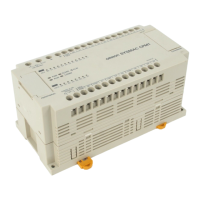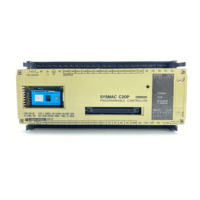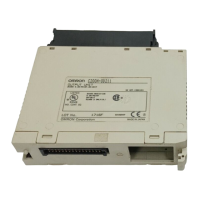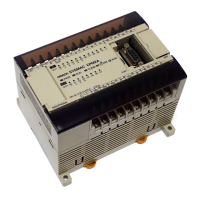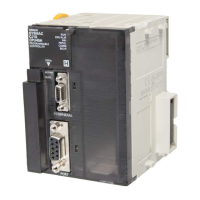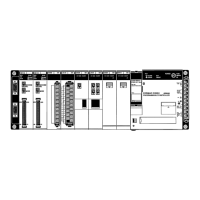(180)
FILR 0300 D01000 0500
0000
00
397
When FILR(180) is executed, the CPU first checks whether the ER Flag
(A50003) is ON, then processes the data transfer and following instructions in
parallel, so check the Memory Card Instruction Flag (A34313) to verify that
FILR(180) has been completed correctly.
The number of words to transfer (N) must be BCD.
If bit 04 of C is ON, C+5 must be BCD.
If N exceeds the number of words remaining in the file, only the words in the file
will be transferred and no error will occur.
Write the execution condition for FLSP(183) so that the instruction will not be
executed if the Memory Card Instruction Flag (A34313) is ON (when another
memory card instruction is being executed).
Note Refer to page 115 for general precautions on operand data areas.
Flags ER (A50003): N is not BCD.
Bit 04 of C is ON, but the content C+5 is not BCD.
Content of *DM word is not BCD when set for BCD.
A Memory Card is not mounted.
A34310: The file not read if the offset in C+5 is larger than the file.
A34311: The specified file doesn’t exist on the card.
In the following example, 20 words, beginning from the 17
th
word of the file, are
transferred from memory card data file “ABCD” to D01000 to D01019.
Here, the content of CIO 0300 would be 0020 (BCD) to indicate reading 20
words. The contents of the control words would be as follows:
Word Leftmost
byte
Rightmost
byte
Meaning
CIO 0500 0 0 1 0 Enable offset
CIO 0501 4 1 4 2 A B
CIO 0502 4 3 4 4 C D
CIO 0503 2 0 2 0 Indicates end of name
CIO 0504 2 0 2 0 Indicates end of name
CIO 0505 0 0 1 7 Offset
Address Instruction Operands
00000 LD 000000
00001 FILR(180)
0300
D01000
0500
Memory Card
ABCD.IOM
D01000
D01019
PC Memory
17th word
36th word
Precautions
Example
Memory Card Instructions Section 5-34
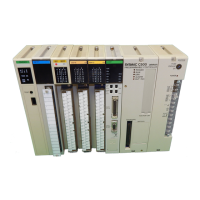
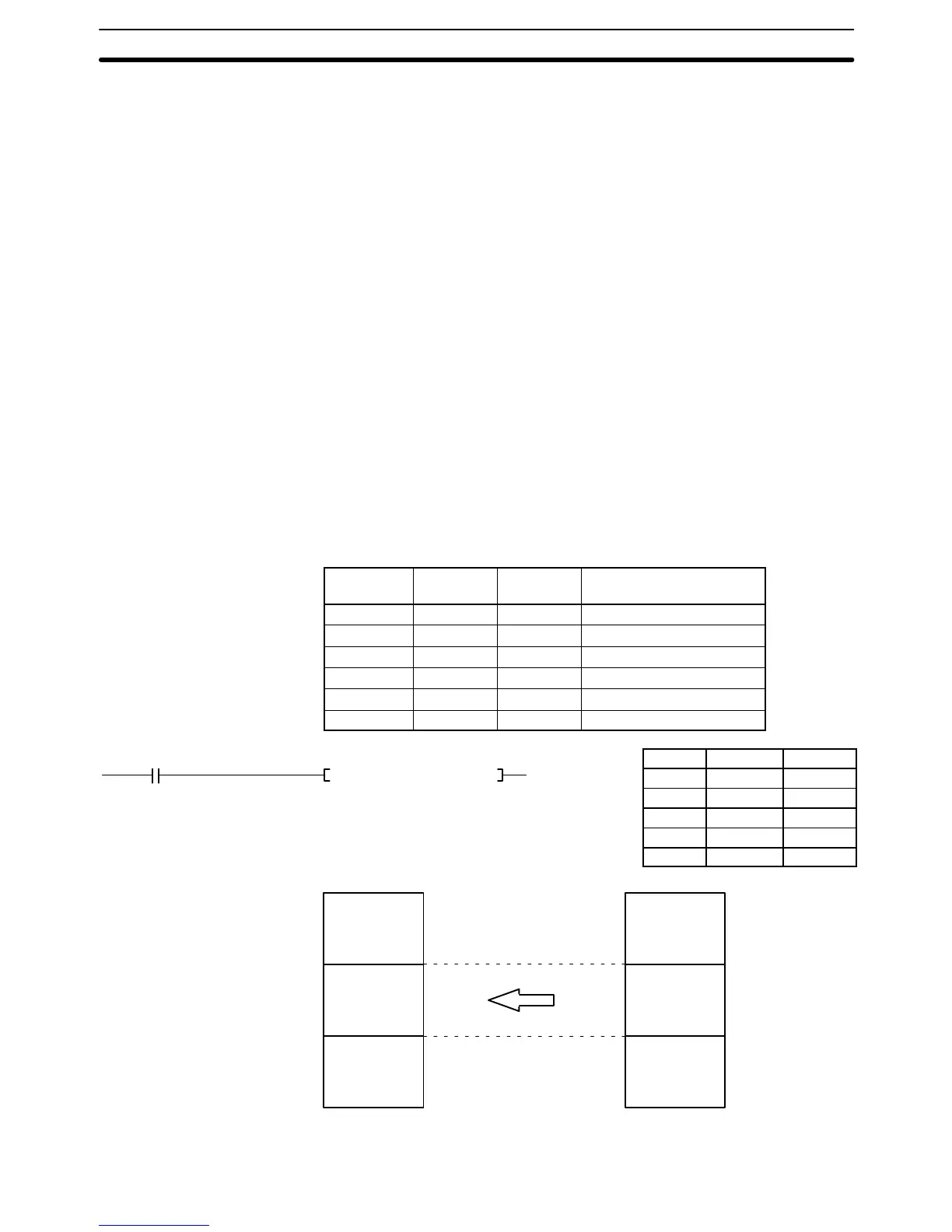